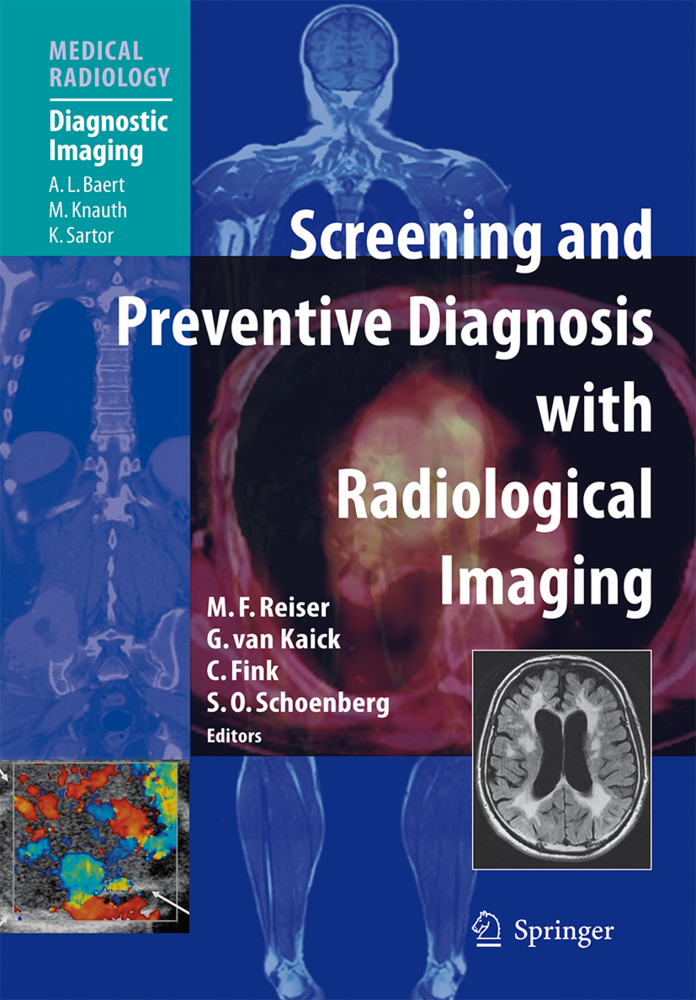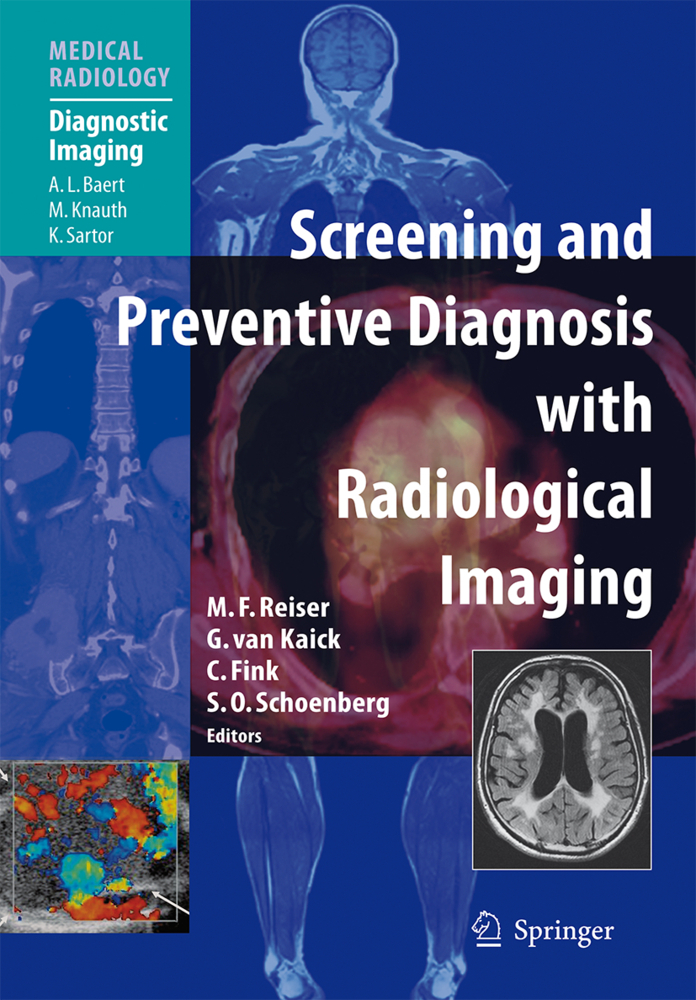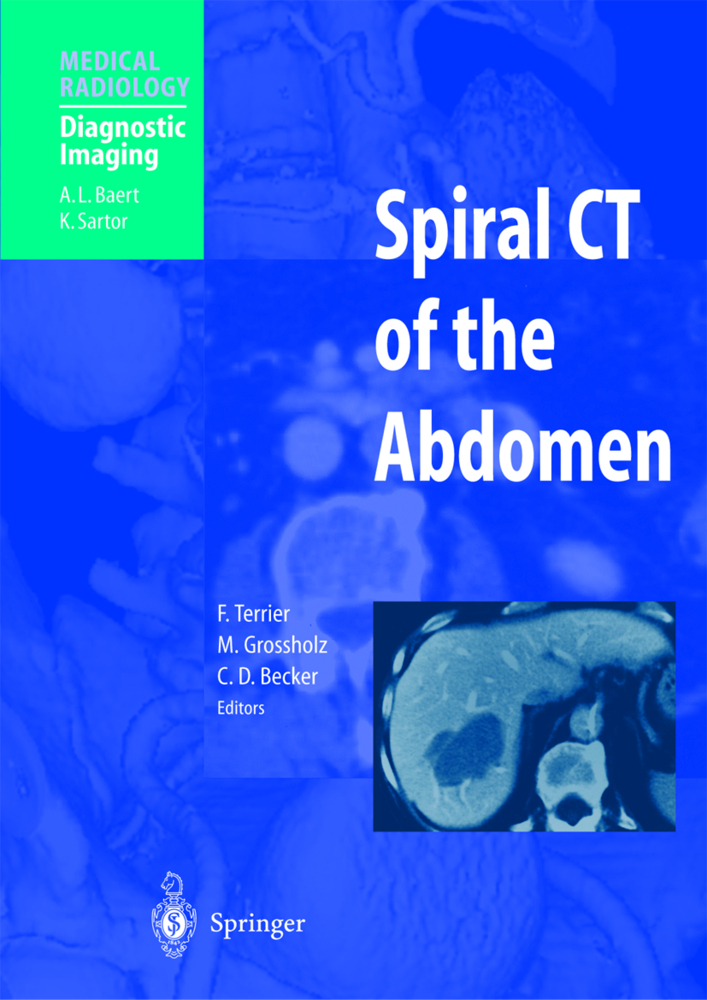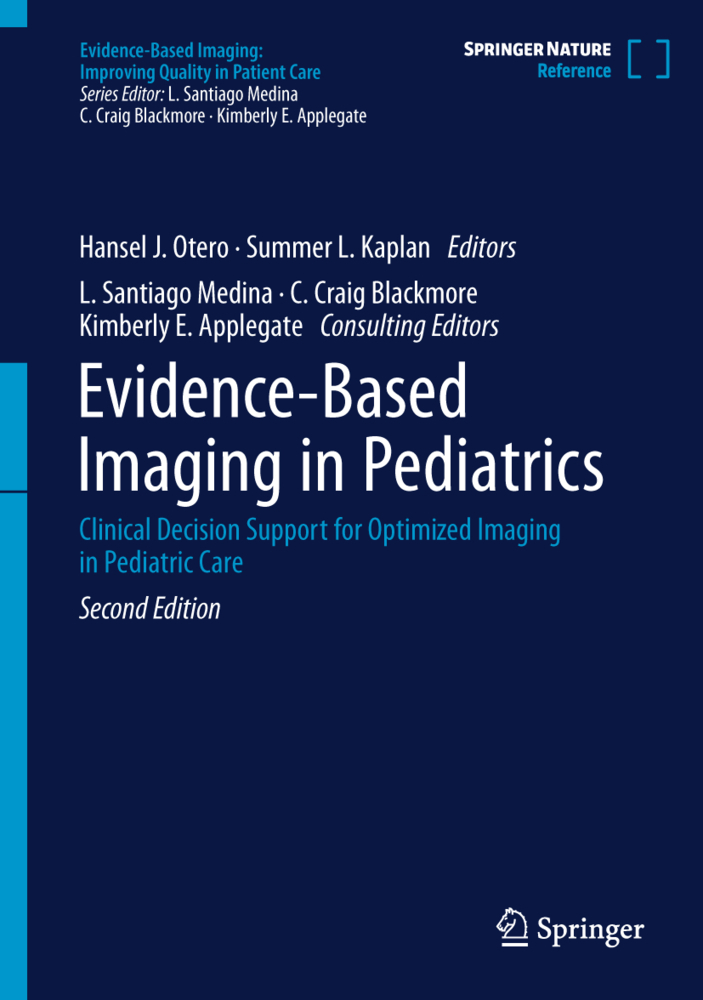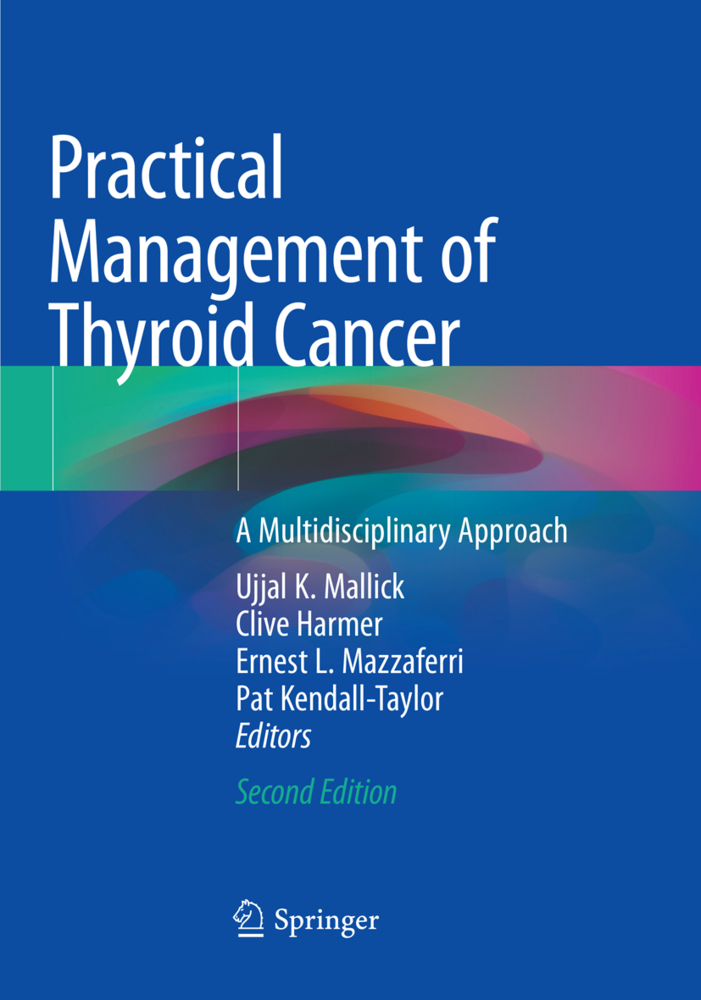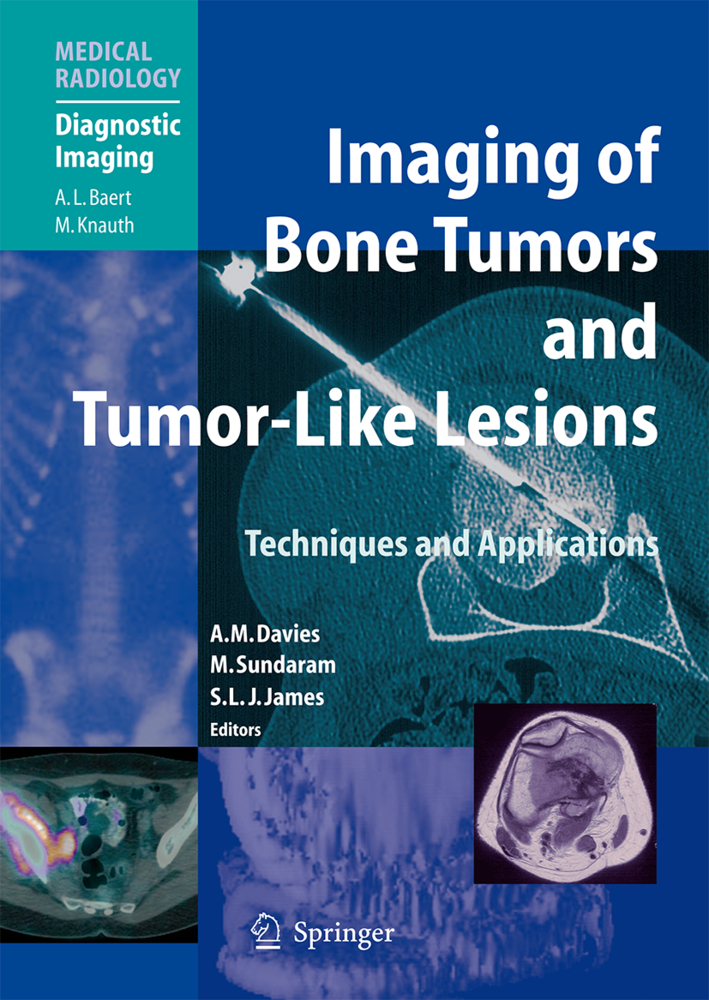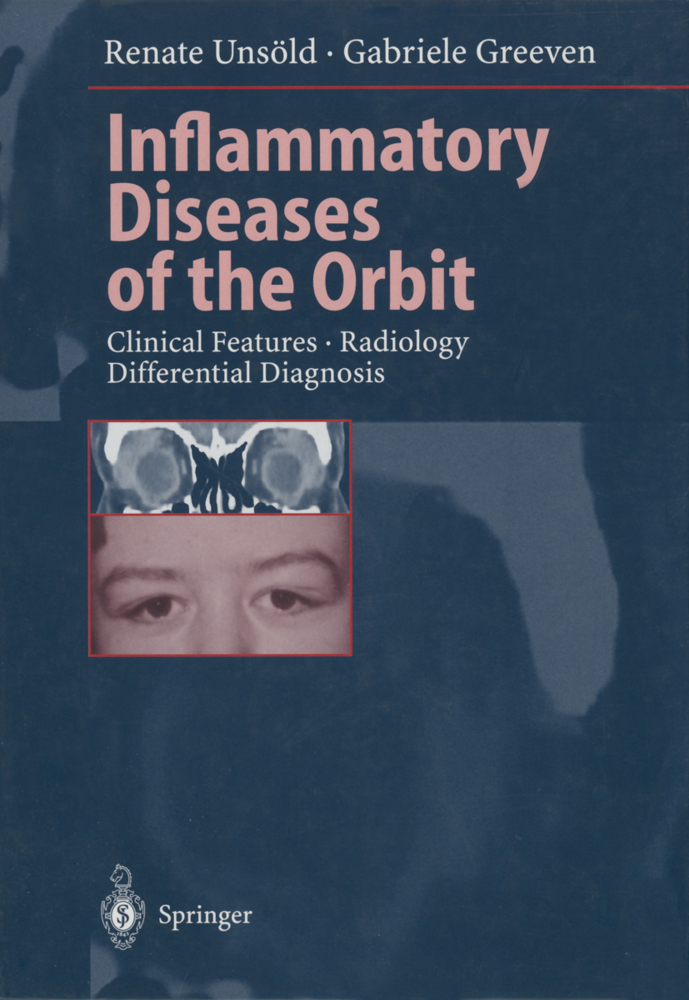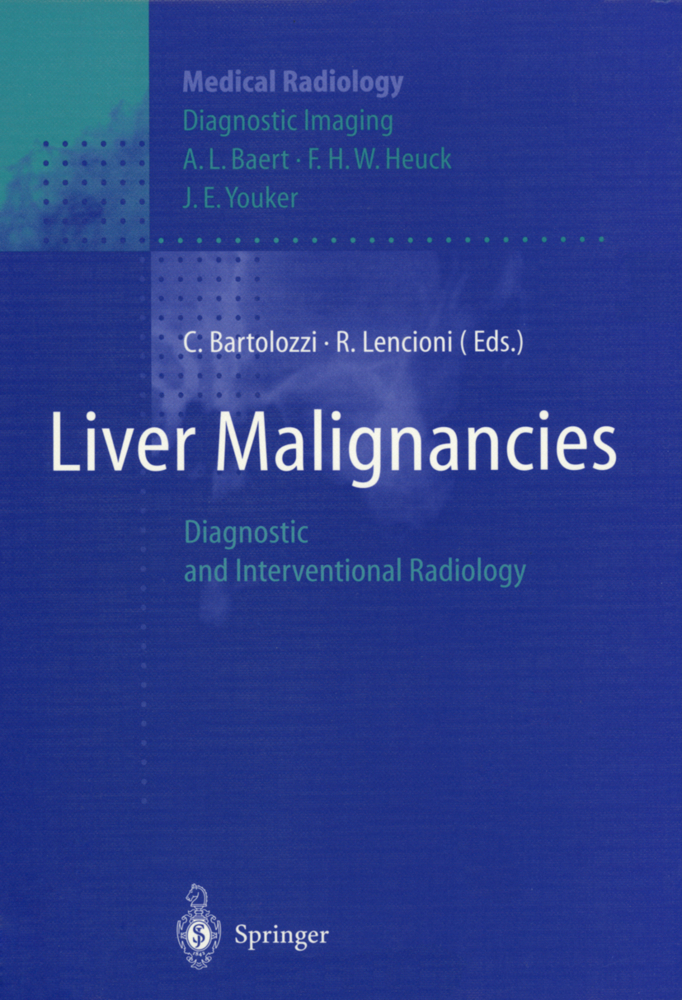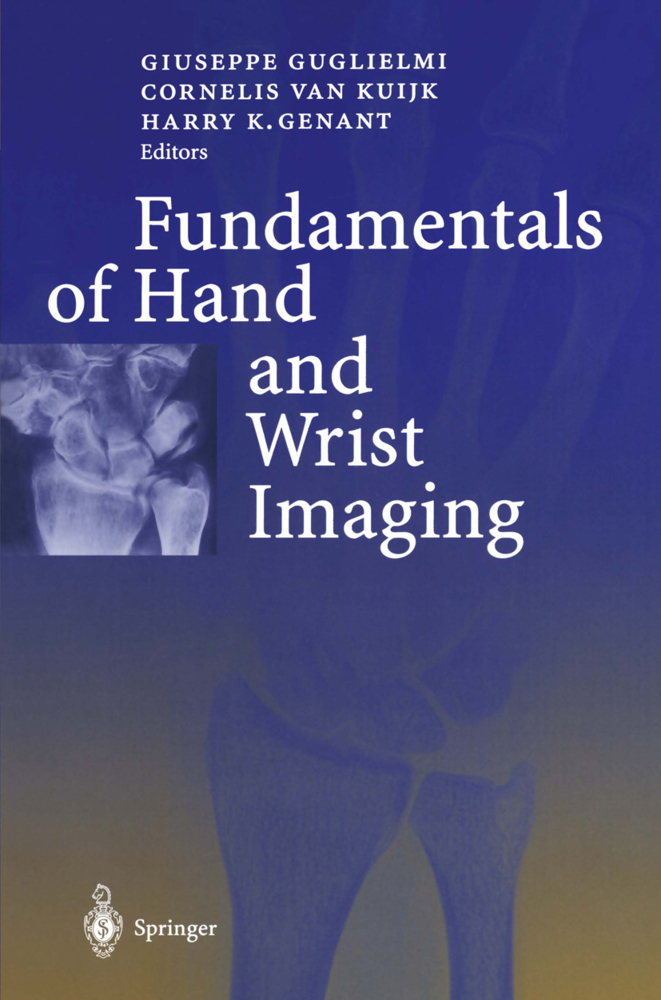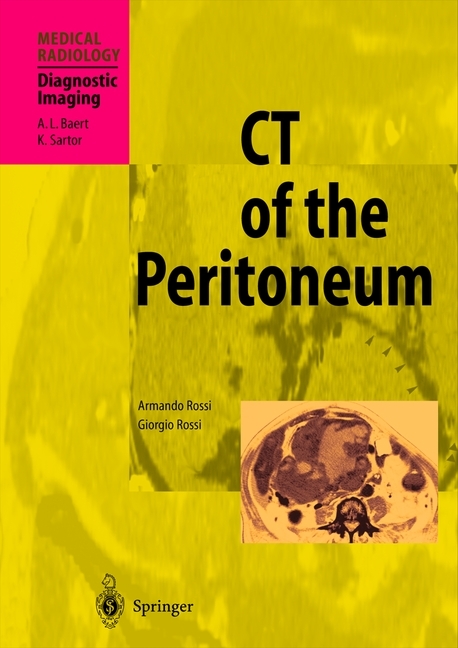Virtual colonoscopy is a rapidly evolving technique for the detection of tumoral lesions in the colon. It is now accepted by the American Cancer Society as a valuable screening tool for both colorectal cancer and its adenomatous precursor. With contributions from leaders in the field, this book addresses all the important issues relating to virtual colonoscopy. There is a particular focus on practical aspects, such as how to start virtual colonoscopy in a department, the regular preparation, and the correct scanning parameters. Imaging characteristics and pitfalls are considered in detail, with an extensive pictorial review of difficult lesions; the importance of computer-aided diagnosis is also discussed. In this second edition the text has been updated with the latest study results and developments in technology and new illustrations have been included. This book will be invaluable to every radiologist seeking information on how to perform the exciting technique of virtual colonoscopy.
1;Copyright Page;4 2;Foreword;5 3;Preface to the Second Edition;6 4;Preface to the First Edition;7 5;Contents;9 6;Chapter 1;11 6.1;Why We Do CTC: Screening for Colorectal Cancer;11 6.1.1;1.1 Introduction: What Is Screening?;11 6.1.2;1.2 Types of Screening: Some Defi nitions;11 6.1.3;1.3 Why Screen for Colorectal Neoplasm?;12 6.1.4;1.4 Screening Tests;14 6.1.4.1;1.4.1 The "Ideal" Screening Test;14 6.1.4.2;1.4.2 Problems with Screening;14 6.1.5;1.5 Screening Tests for Colorectal Neoplasm;15 6.1.5.1;1.5.1 Risk Stratification for CRN;15 6.1.5.2;1.5.2 Fecal Occult Blood Testing;15 6.1.5.3;1.5.3 Flexible Sigmoidoscopy;16 6.1.5.4;1.5.4 Colonoscopy;16 6.1.5.5;1.5.5 Barium Enema;17 6.1.6;1.6 CT Colonography as a Screening Test for CRN;17 6.1.6.1;1.6.1 Accuracy;17 6.1.6.1.1;1.6.1.1 The Problem of Flat, Depressed and Serrated Lesions;18 6.1.6.2;1.6.2 Acceptability and Participation Rates;19 6.1.6.3;1.6.3 Availability of CTC;19 6.1.6.4;1.6.4 Cost-Effectiveness of CTC Screening;19 6.1.6.5;1.6.5 Risks and Side-Effects of CTC;20 6.1.6.5.1;1.6.5.1 Risks of Preparation;20 6.1.6.5.2;1.6.5.2 Radiation Exposure;20 6.1.6.5.3;1.6.5.3 Colorectal Perforation;20 6.1.6.6;1.6.6 CTC as Triage in FOBT Positive Subjects;20 6.1.7;1.7 CT Colonography Screening: Technique;20 6.1.7.1;1.7.1 Preparation;20 6.1.7.1.1;1.7.1.1 Diet;20 6.1.7.1.2;1.7.1.2 Purgation;20 6.1.7.1.3;1.7.1.3 Fecal and Fluid Tagging;20 6.1.7.2;1.7.2 Colonic Distension;20 6.1.7.3;1.7.3 The Use of Intravenous Contrast Agents;21 6.1.7.4;1.7.4 Scanning Parameters and Radiation Dose;21 6.1.7.5;1.7.5 Reading the CTC Examination;21 6.1.7.6;1.7.6 Effect of Computer Aided Polyp Detection on Screening CTC;21 6.1.7.7;1.7.7 CT Colonography Reporting;21 6.1.7.7.1;1.7.7.1 Reporting of Polyps at CTC;22 6.1.7.7.2;1.7.7.2 Extracolonic Pathology;22 6.1.8;1.8 Future Developments;23 6.1.9;References;23 7;Chapter 2;26 7.1;The Performance of CTC;26 7.1.1;2.1 Introduction;26 7.1.2;2.2 CT Colonography;27 7.1.3;2.3 Our Experience;28 7.1.3.1;2.3.1 Patient Acceptance;28 7.1.3.2;2.3.2 Polyp Detection;29 7.1.3.3;2.3.3 Referral to Optical Colonoscopy;31 7.1.3.4;2.3.4 Interpretation;32 7.1.3.5;2.3.5 CAD;32 7.1.3.6;2.3.6 Polyp Measurements;34 7.1.3.7;2.3.7 The Issue of Radiation;34 7.1.4;2.4 Conclusion;35 7.1.5;References;35 8;Chapter 3;38 8.1;Starting CT Colonography in Your Department;38 8.1.1;3.1 Introduction;38 8.1.2;3.2 Technical Requirements;38 8.1.3;3.3 CT Colonography Protocols;40 8.1.4;3.4 Reading and Training;40 8.1.5;3.5 Reading Conditions;42 8.1.6;3.6 Patient Information, Referral and Follow Up;43 8.1.7;3.7 Cost and Financial Implications;43 8.1.8;3.8 Quality Assurance;43 8.1.9;References;43 9;Chapter 4;45 9.1;The Eligible Patient: Indications and Contraindications;45 9.1.1;4.1 History;45 9.1.2;4.2 Indications;46 9.1.2.1;4.2.1 Screening CT Colonography;46 9.1.2.2;4.2.2 Diagnostic CT Colonography;49 9.1.2.3;4.2.3 Preoperative Assessment;49 9.1.2.4;4.2.4 Preoperative Colorectal Cancer Surveillance;50 9.1.2.5;4.2.5 Incomplete Optical Colonoscopy;50 9.1.2.6;4.2.6 Inflammatory Bowel Disease Surveillance;51 9.1.3;4.3 Contraindications;51 9.1.3.1;4.3.1 Absolute Contraindications;52 9.1.3.2;4.3.2 Relative Contraindications;52 9.1.4;4.4 Current Reimbursable Indications;53 9.1.5;4.5 Future Indications;53 9.1.6;4.6 Summary;53 9.1.7;References;53 10;Chapter 5;56 10.1;Patient Preparation for CT Colonography;56 10.1.1;5.1 Introduction;56 10.1.2;5.2 Colonic Preparation;57 10.1.2.1;5.2.1 Polyethylene Glycol;57 10.1.2.2;5.2.2 Sodium Phosphate;59 10.1.2.3;5.2.3 Magnesium Citrate;60 10.1.3;5.3 Colonic Distension;60 10.1.3.1;5.3.1 Room Air;62 10.1.3.2;5.3.2 Carbon Dioxide;62 10.1.4;5.4 Anti-Spasmodic Agents;63 10.1.4.1;5.4.1 Glucagon;63 10.1.4.2;5.4.2 Hyoscine n-Butylbromide;64 10.1.5;References;64 11;Chapter 6;67 11.1;The Prerequisite: Faecal Tagging;67 11.1.1;6.1 Introduction;67 11.1.2;6.2 What Is Fecal Tagging?;68 11.1.3;6.3 Rationale: Why We Do It!;68 11.1.3.1;6.3.1 Improving Diagnosis;68 11.1.3.2;6.3.2 Improving Patient Compl
Lefere, Philippe
Gryspeerdt, Stefàan
Baert, Albert L.
| ISBN | 9783540798866 |
|---|---|
| Artikelnummer | 9783540798866 |
| Medientyp | E-Book - PDF |
| Auflage | 2. Aufl. |
| Copyrightjahr | 2009 |
| Verlag | Springer-Verlag |
| Umfang | 253 Seiten |
| Kopierschutz | Digitales Wasserzeichen |

